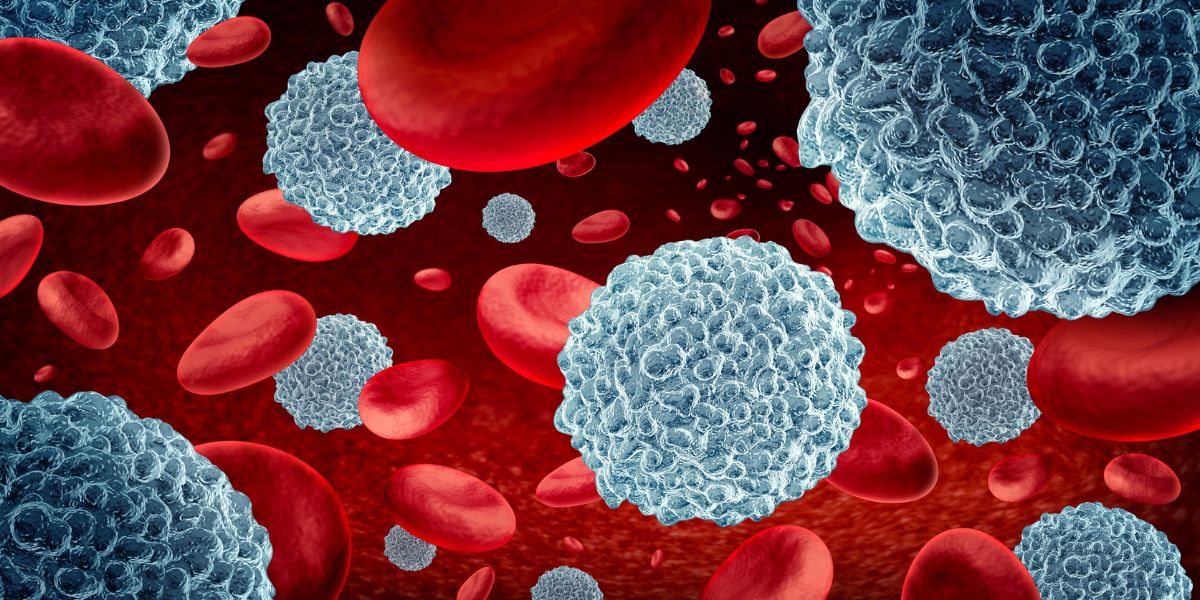White blood cells are the cells that help the body fight infection There are a number of different types and sub-types of white blood cells which each have different roles to play.
The three major types of white blood cells are:
- Granulocytes
- Monocytes
- Lymphocytes
Granulocytes
There are three different forms of granulocytes:
- Neutrophils
- Eosinophils
- Basophils
Granulocytes are phagocytes, that is they are able to ingest foreign cells such as bacteria, viruses and other parasites.
Granulocytes are so called because these cells have granules of enzymes which help to digest the invading microbes. Granulocytes account for about 60% of our white blood cells.
Neutrophils are by far the most prevalent of these cells. Each neutrophil cell can ingest up to between around 5 and 20 bacteria in its lifetime.
Eosinophils are involved in allergic reactions and can attack multicellular parasites such as worms.
Basophils are also involved in allergic reactions and are able to release histamine, which helps to trigger inflammation, and hepari, which prevents blood from clotting.
Monocytes
Monocytes can develop into two types of cell:
- Dendritic cells are antigen-presenting cells which are able to mark out cells that are antigens (foreign bodies) that need to be destroyed by lymphocytes.
- Macrophages are phagocyte cells which are larger and live longer than neutrophils. Macrophages are also able to act as antigen-presenting cells.
Lymphocytes
Lymphocytes are cells which help to regulate the body’s immune system.
The main types of lymphocytes are:
- B lymphocytes (B cells)
- T lymphocytes (T cells)
B lymphocytes
B lymphocytes are able to release antibodies which are Y shaped proteins that bind to infected microbes or cells of the body that have become infected.
Antibodies can either neutralize the target microbe or can mark it out for attack by T lymphocytes.
T lymphocytes
There are a number of different T lymphocytes:
- Helper T cells release a protein called cytokines which help to further direct the response of other white blood cells.
- Cytotoxic T cells (also known as natural killer T cells) are able to release molecules which kill viruses and other antigens.
- Memory T cells will be present after the body has fought off an infection and help the body to deal more easily with any future infection of the same type.
- Regulatory T cells (also known as suppressor T cells) help to regulate other T cells to prevent them targeting the body’s own cells.
T lymphocytes and Type 1 Diabetes
In type 1 diabetes, the killer T cells target and kill the body’s own insulin producing cells. Even if new insulin producing islet cells are transplanted, the T cells will still try these cells off.
As a result people who have had islet cell transplants need to take strong anti-immune drugs to preserve the transplanted cells.
Researchers have therefore been investigating ways to regulate the immune response in type 1 diabetes.
Bone marrow transplants have had some success in modulating the immune system, however, bone marrow transplants introduce a risk of complications developing.
- Read more about bone marrow transplants for diabetes
Anti-type 1 diabetes vaccines are being developed by a number of research teams around the world. The vaccines have been successful in curing mice but the level of success has yet to be replicated in humans.
- Read more about diabetes vaccines






